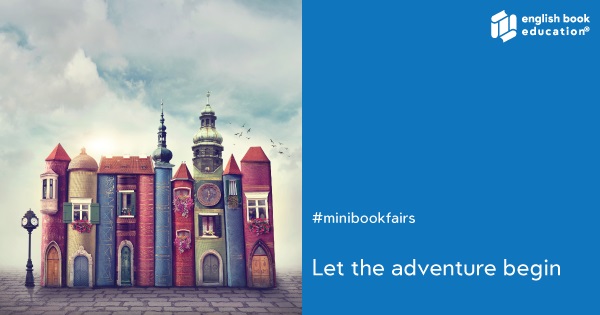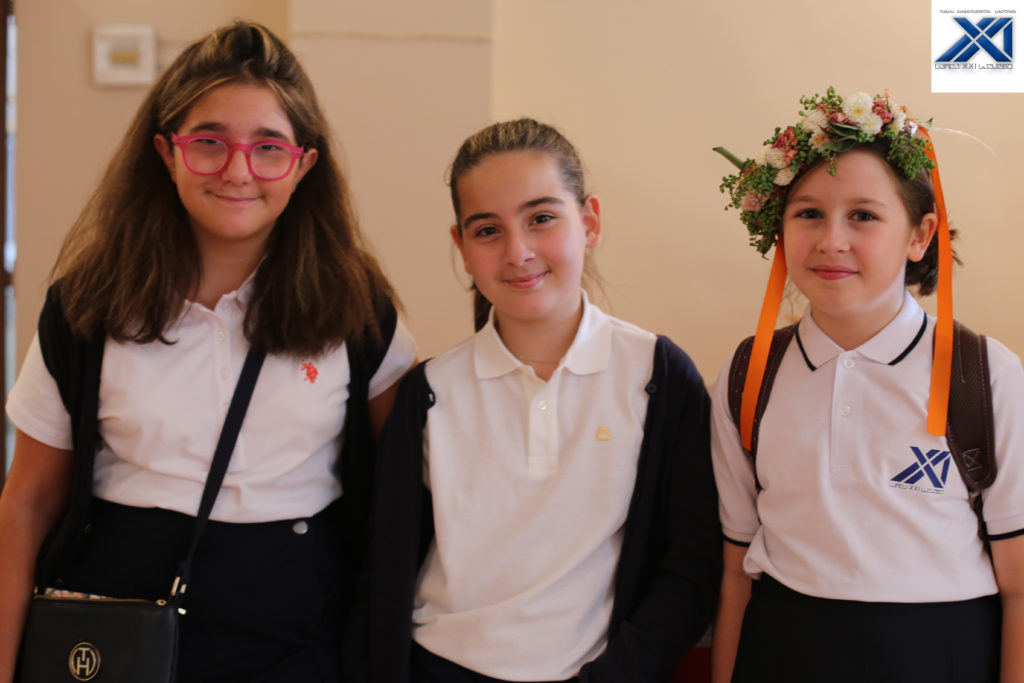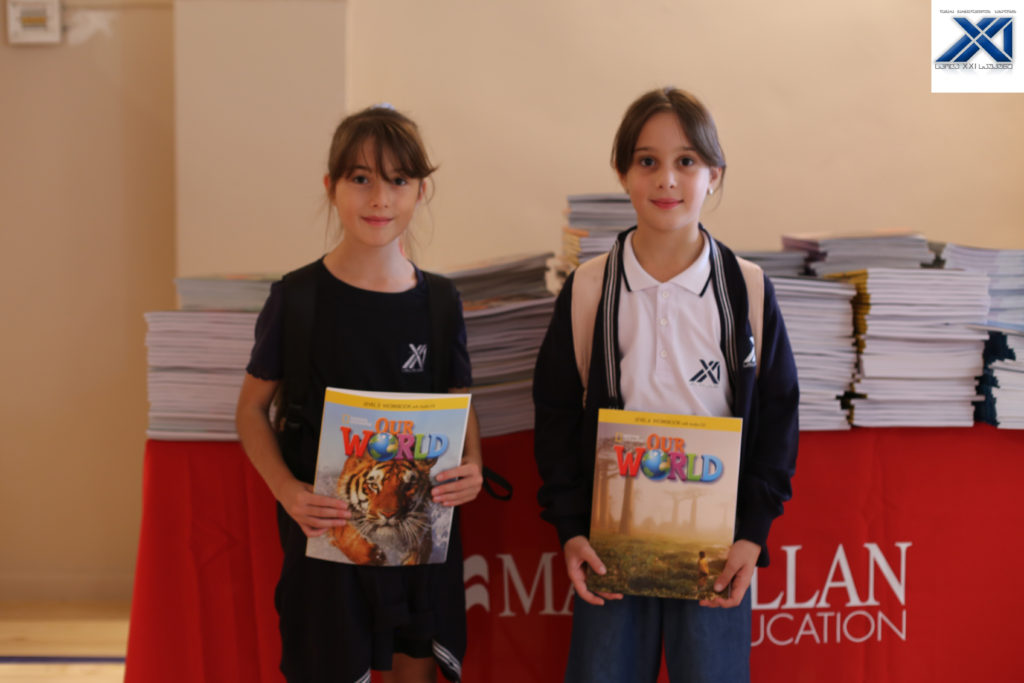
#minibookfairs
This week we are having #minibookfair at 21st Century. Parents, are you ready for back-to-school? Teachers, would you like to share some great parenting articles with students’ families?
This is what we have prepared for you

Curiosity: The Metaskill to Thrive in the 21st Century
The ability to learn faster than others is a competitive advantage. To thrive in an uncertain and complex world doesn’t depend on the skills your team has, but on those they can acquire. Learning is a force for change. But how can your employees develop a learning mindset?
The answer is both simple and complex — organizations must recover the power of curiosity. Simple because curiosity is something wired into our DNA. Complicated because our learning approach is broken. We keep teaching kids to think like machines. And machines to think like adults.
For years, scientists have been trying to replicate the wrong mind — that of an adult. Teaching machines to defeat a chess master is easy — but machines cannot think like a 4-year-old.
The father of computer science and artificial intelligence was onto something back in the 1950s.
“Instead of trying to produce a program to simulate the adult mind, why not rather try to produce one which simulates the child’s?” — Alan Turing

It took us 60 years to finally bring computer scientists and developmental psychologists together to decipher the formula of curiosity. The secret to learning lies in kindergarten, not in the adult brain.
Develop a Learning Mindset
Unlike adults, kid’s learning process is driven by curiosity. Everything your organization needs to know about learning; you can borrow it from kindergarteners.

1. Play to learn; learn to play
There’s a critical connection between students’ well-being, sense of belonging, and their academic achievement.For young kids, learning is not tied to any reward — like acing a test. Curiosity is a way of life — playing and learning are two sides of the same coin. It’s not a burden imposed by others, but an innate desire.
If you feel good, you learn better. Organizations should emphasize the development of social skills instead of promoting high achievement. Increased self-awareness, creativity, collaboration, and communication are vital to developing a learning mindset.

2. Learning makes time go slower
Time seems to speed up as we grow older. But, it slows down when we face new experiences or visit new places. The more information our minds process, the slower time seems to pass. That’s one of the laws of psychological time, as Bob Clagett describes in his book Making Time. Our perception of time is caused by the relationship between our experience of time and the amount of information our minds take in.
The world is a fascinating place — full of new perceptions, experiences, and thoughts. Children know this. That’s why they are curious. When you are busy exploring the world, time slows down.

3. Learning requires emptying your mind
When I ask an adult in one of my workshops to draw, they get paralyzed. “I don’t know how to draw.” When I ask a child, they immediately start drawing. It’s not that kids know how to draw — they don’t think in right-or-wrong terms. Curiosity keeps our mind thirsty for more experiences. To learn something new requires emptying your mind. What you know is an obstacle for incorporating new ideas.
The mind can’t hold attention for more than 10 minutes — your short-term memory gets filled quickly. Neuroscientists recommend taking regular breaks.
4. Active learning happens in the real world
New situations expand our consciousness — being in an office limits our curiosity.
In the famous Marshmallow Challenge experiment, kindergarteners build taller towers than business school students. The reason: they plan and create at the same time. Adults design first and, only then, start touching the materials.
Psychologists call it active learning — the ability to go out into the world and experiment. Instead of taking data someone else presents, kids learn from direct interaction.
Kids don’t observe the world — they experience it. By experimenting — seeing, touching, playing — they get data to solve their problems.
5. Social learning: the power of collaboration
We learn faster, and better, working with others than on our own.
Kids are social learners — they don’t learn in isolation. They are continually interacting with other children, teachers, and parents.
As Alison Gopnik explains here, children use theory of mind to decide whether and how to learn from others. They try to understand what’s going on in other people’s mind.
Young children observe others’ behavior and try to infer if people are trying to teach them to perform a specific task or not. Machines are not yet there in understanding basic theory of mind, let alone using those inferences.
Curiosity is the most critical metaskill to thrive in a fast-changing world. Your organization success depends on relearning how to learn.
The secret lies in kindergarten. Instead of trying to get children to think like adults, train your team to think more like children.
Source: Author: Gustavo Razzetti, in Print: Stretch for Change: How To Improve Your Change Fitness And Thrive In Life
 Blog EBE English Book Education
Blog EBE English Book Education



